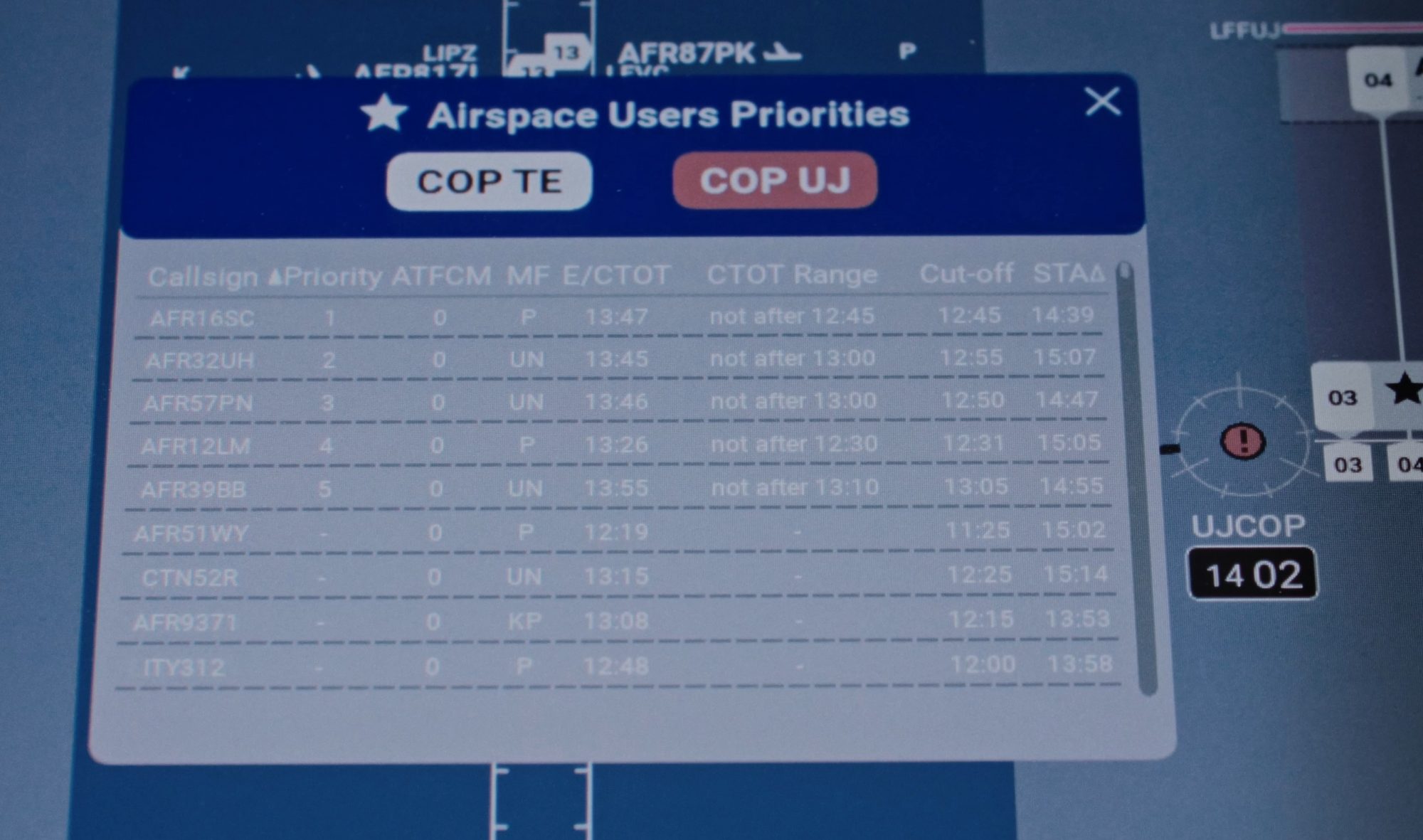The previous publication of Open Access Government showed that the project is partly active on achieving higher Technology Readiness Levels (TRLs) for combined SESAR Solutions in Very Large Demonstration (VLD)-like exercises and partly in complementary activities of ongoing projects. The most current status will be reported on
The year 2022 has been highly productive. Several important validation exercise activities have been performed in the SESAR2020-Wave 3 project PJ.37 ITARO (Integrated TMA, Airport and Runway Operations) to further close the gap between Industrial Research & Development and (pre-) deployment, aiming at greener flights and improved traffic predictability and flight efficiency (e.g. less delays) thereby fostering Europe’s ‘Green Deal’.
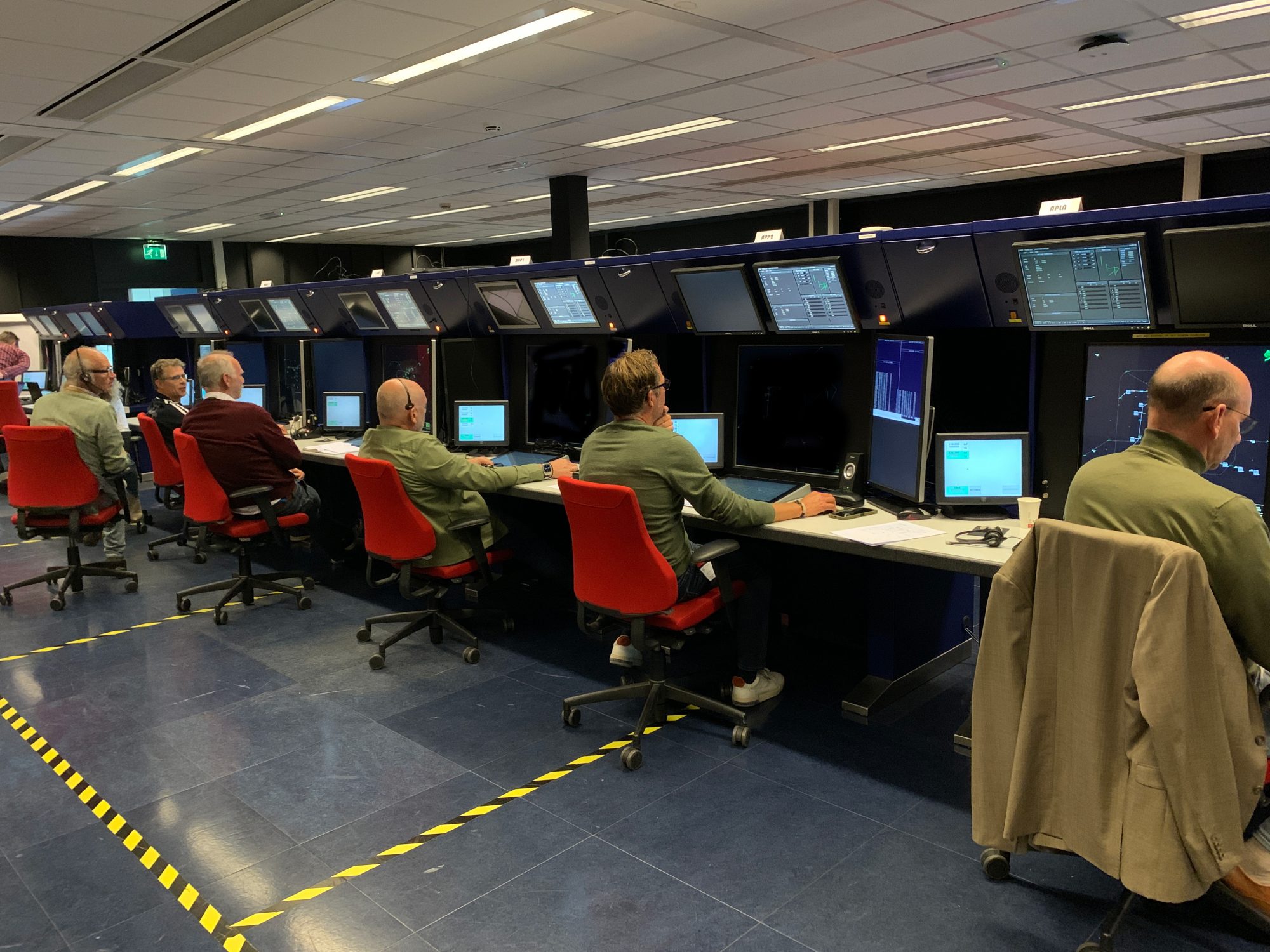
VLD-like activities
In the first part of the year 2022 a Real Time Simulation (RTS) was held for inbound traffic to Amsterdam Airport Schiphol (AAS) using NLR’s ATC Research Simulation facility NARSIM. Aim was to demonstrate an operational concept of air traffic management (in support of the Dutch Airspace Redesign Programme (DARP)), the combination of RNP-based approach operations with Interval Management (IM) and environmentally favorable Continuous Descent Operations (CDOs). Inherently these RNP/CDO/IM combinations are aimed at reducing aviation noise and emissions. This integration was expanded to final approach for Time-Based Separation (TBS) whilst applying a minimum aircraft separation derivation via the Optimised Runway Delivery (ORD) tool. This led to the initial results that:
- The achieve-by point (ABP) location on the PBN-route for the IM operation should be selected with care (e.g. merge point of the fixed routes) and IM should be automatically terminated latest at the Final Approach Point (FAP)
- The TBS indicator should be displayed along the fixed route instead of along the extended runway centerline
- In almost fully time-based operation the distance-based merge tool needs further attention, e.g. in strong wind conditions.
Furthermore, several improvements lessons were learned and were fed into the second RTS that took place in the last quarter of 2022. Overall the work clearly indicated a few solution integration issues.
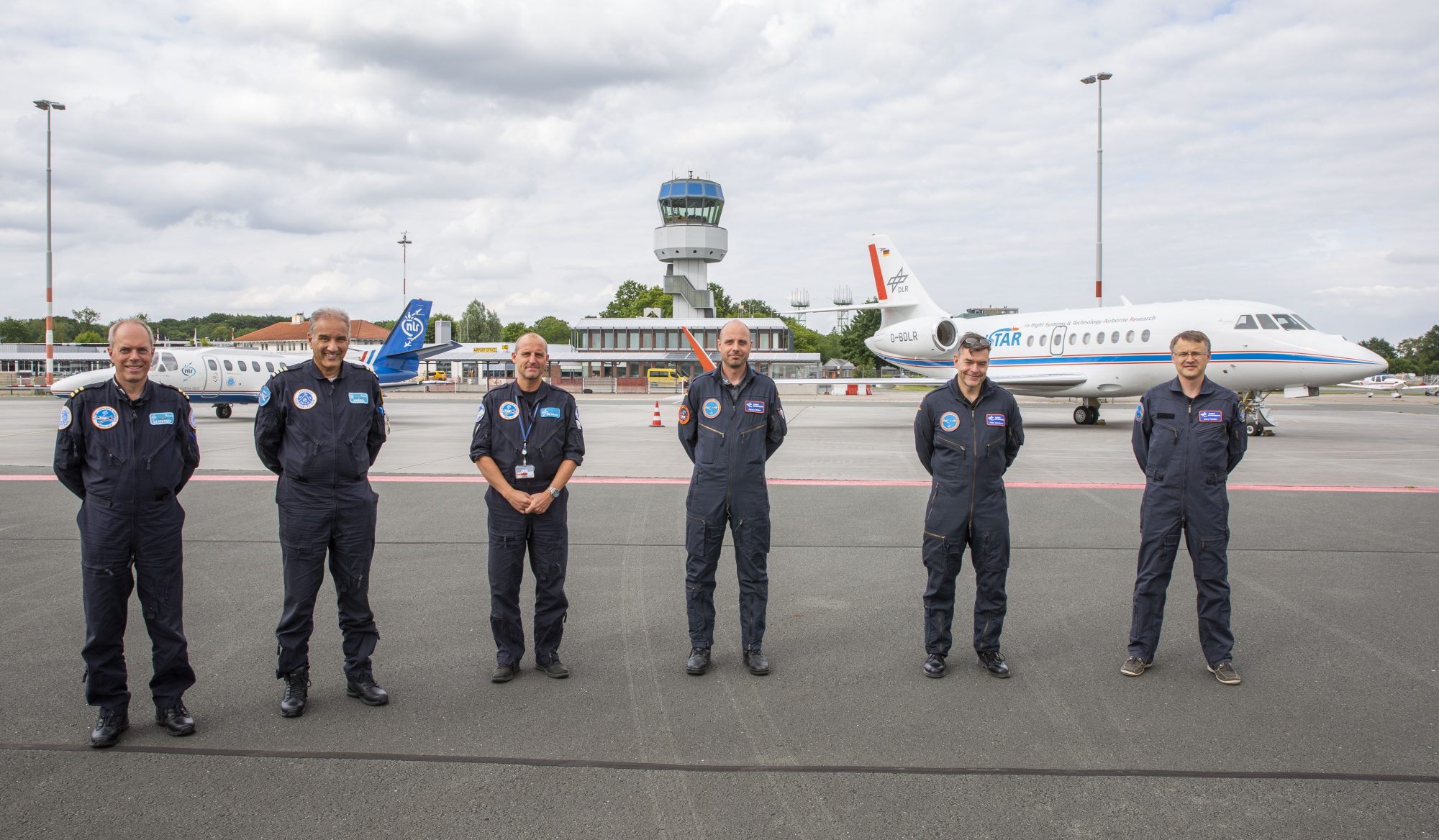
Together with sister research organization DLR (Germany), Royal NLR executed a successful IM flight test campaign in April-June’22 at Groningen Airport Eelde. DLR provided the ISTAR Falcon 2000LX lead aircraft and Royal NLR flew the IM equipment on board of its Cessna Citation II (as follower aircraft). This IM equipment was specially developed by Honeywell Inc. and successfully integrated and checked-out in April-May. A total of 13 test flights were executed, involving five pilots who worked with the IM equipment. First data-analysis results showed that with this IM operation:
- Spacing performance was very good and within a 6-7 seconds of the target set at the ABP and planned termination point
- Easing pilot data input, for instance using CPDLC uplink messages and using FMS data, is strongly desired
- Executing the IM operation was very easy and straightforward for the pilots.
Prepared by NATS, Heathrow Airport (HAL) and Indra, another important RTS validation took place on the Heathrow Tower and NATS CTC simulators during September 2022. Today outbound traffic separations are defined in integer minutes related to aircraft wake vortex limitations and route spacings. In the past the Optimised Separation Delivery tool (OSD) was developed to support controllers on RECAT-EU and S-PWS-D (Static Pairwise wake separations on departures). This recent exercise validated the operational feasibility of further enhancing the extended OSD (eOSD) for departures with higher granularity non-wake separations which are dependent on the capacity of the TMA and the departure route spacings. The increased granularity allowed separations (time-based) to be calculated in 1 second granularity, e.g. 2 minutes and 40 seconds. Initial results showed that with this enhanced tool:
- Runway departure throughput could be increased under certain conditions
- Delivers consistency and predictability of departure operations amongst ATCOs
- More efficient separations occurred during poor visibility and bad weather operations
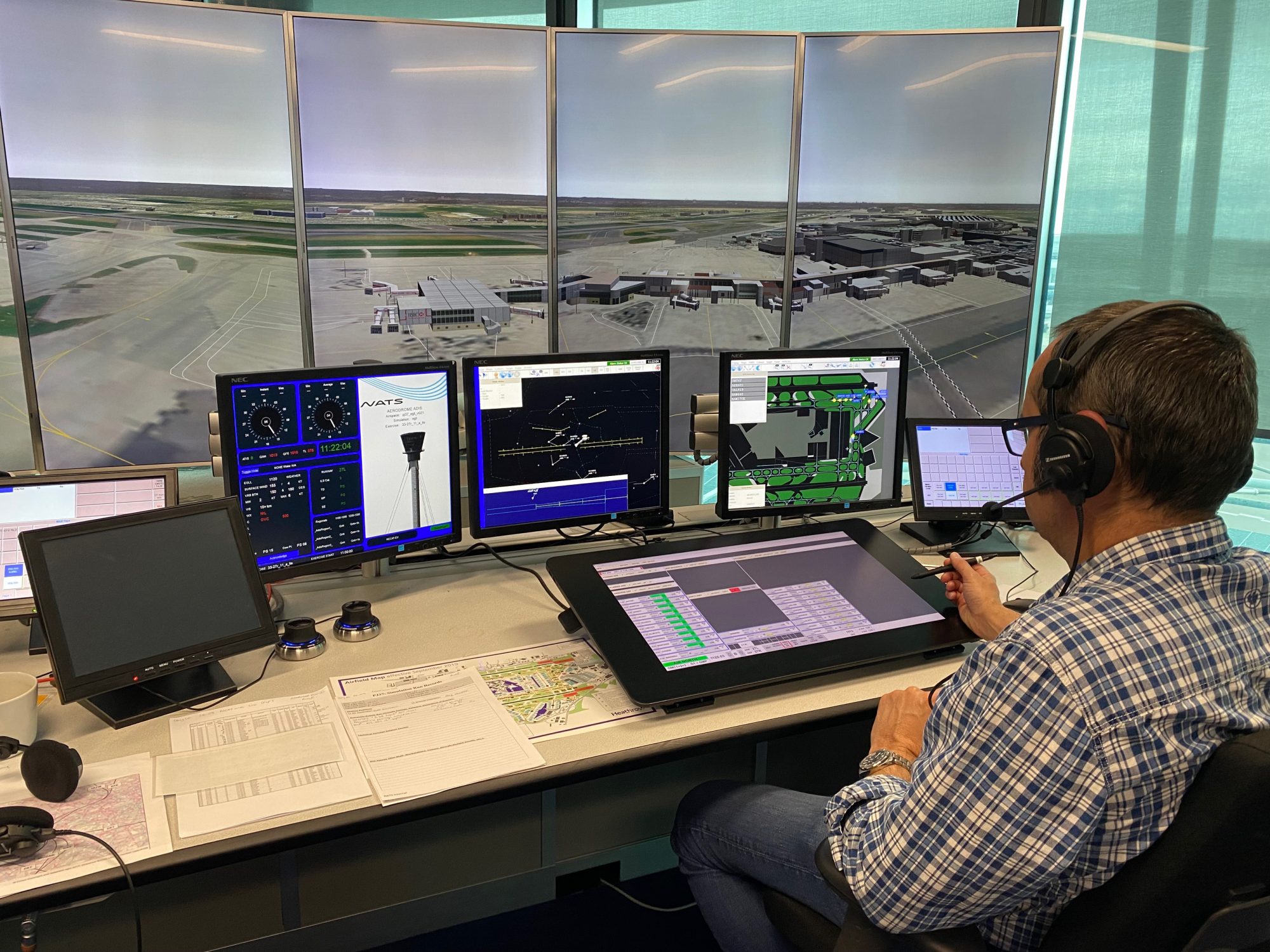
Complementary (validation) activities
Under the PJ.37 project two SESAR Solutions were complemented:
- PJ.07-W2-39 (Collaborative framework managing delay constraints on arrivals)
- PJ.01-W2-08B (Dynamic E-TMA for Advanced Continuous Climb and Descent Operations)
The complementary activities, paving the way for (pre-) deployment, consisted of:
(1) A shadow mode validation trial that was performed in June ’22 by Air France and DSNA under the auspices of EUROCONTROL. This exercise validated a novel collaborative decision process setup between the Network Manager, the local Demand and Capacity Balancing (DCB) and Airspace Users (AUs) dealing with delay constraints on arrivals. Collaboratively selecting which delayed flights to prioritize based on business needs, to establish a more optimal arrival sequence in the planning phase, using an AU toolkit prototype and DSNA’s flow management tool. The results showed the feasibility of the concept. The collaborative decision process was very successful in resolving aircraft bunching in the arrival sequence for flights still in the pre-departure phase. One of the main outcomes of the exercise is that the validated approach to resolve DCB problems brings cost efficiency benefits to the AUs, without having a major impact on the overall European ATM Network and without an unacceptable increase in workload for any of the stakeholders.
(2) Developing a prototype of an improved AMAN capable of arrival streaming for optimized use of Systemised Airspace. AMAN will calculate the Target Time Over (TTO) a pre-descent waypoint and at merge points in the descent as aircraft cross the E-AMAN horizon, potentially with speed advisories to support ATCOs. A large dataset validation and non- operational demonstrations have been performed by NATS in which controllers evaluated the concept and the operational acceptability and feasibility of these advisories. Testing of ADS-B data with live trajectories were also conducted to give confidence in the results. The concept aims to minimize low-level holding and reduce traffic bunching, resulting in fewer tactical interventions and enabling more CDOs in a systemised airspace. EUROCONTROL conducted supporting investigations into the potential for reduction of additional airborne times induced by arrival management. Finally, a dedicated NLR piloted validation exercise on the flyability of constrained departures, to reduce crossing conflicts and improve airspace usage, was held in May with airline pilots on NLR’s APERO. Initial results showed a potential reduction of fuel use (hence CO2 emissions) for departures of 0.4%.
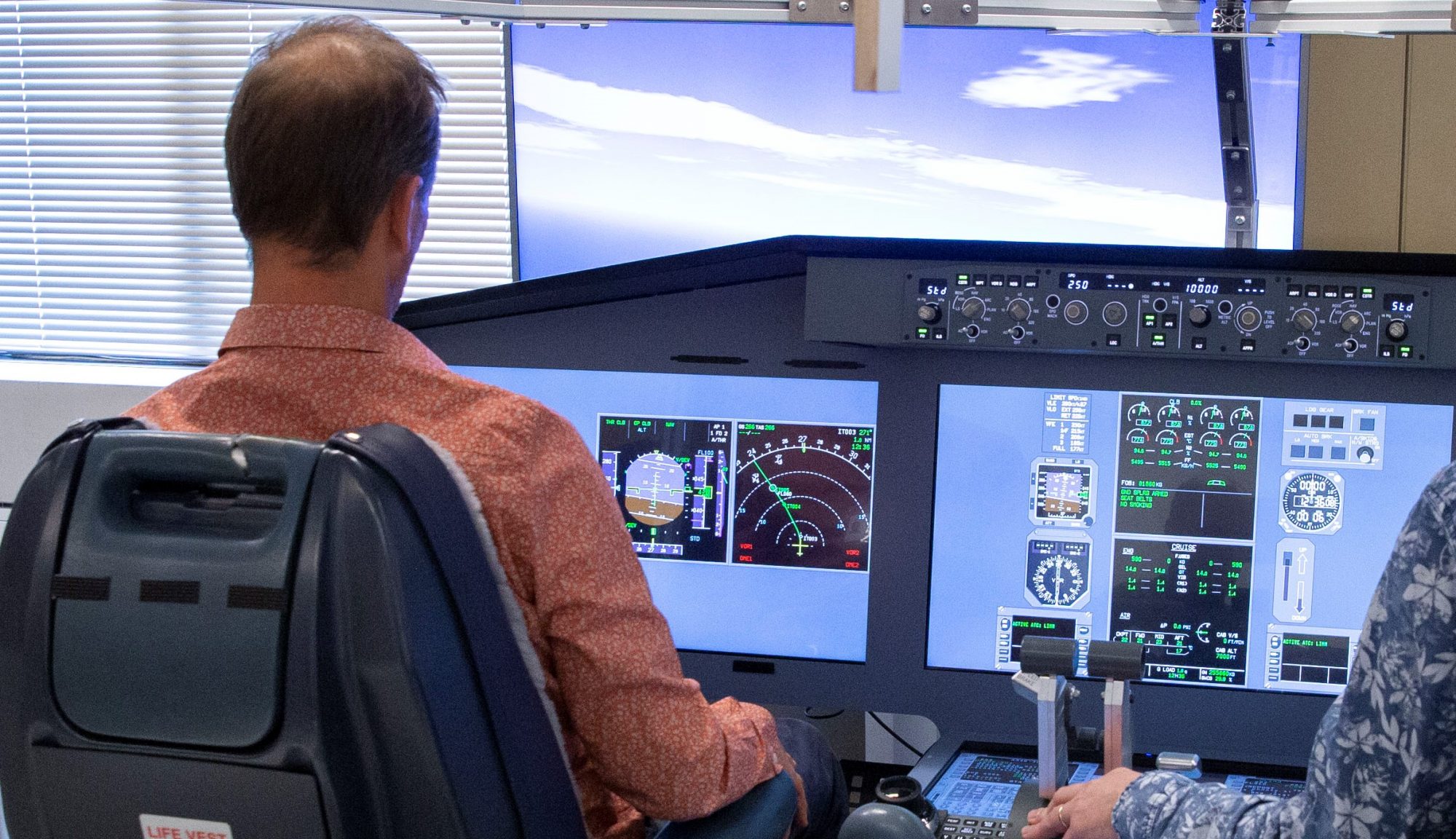
Greening of Aviation ambitions targeted
In conclusion, big steps forward have been made in contributing to Europe’s ambitions of achieving a reduced aviation footprint via improved traffic predictability and flight efficiency, i.e. less delays, more continuous descent operations, less track miles flown, hence less emissions, as well as balancing demand and increased capacity using an improved network performance. Finally, the various addressed SESAR Solutions have been brought further towards integration and deployment, and attaining the high-performing green airports operations have become a few steps closer to reality.
Disclaimer
The opinions expressed herein reflect the author’s view only. Under no circumstances shall the SESAR3 Joint Undertaking be responsible for any use that may be made of the information contained herein.
Pictures are courtesy NLR, NATS and EUROCONTROL.

© 2023 PJ.37-W3-ITARO Consortium beneficiaries. All rights reserved. Licensed to the SESAR3 Joint Undertaking under conditions.

This work is licensed under Creative Commons Attribution-NonCommercial-NoDerivatives 4.0 International.


